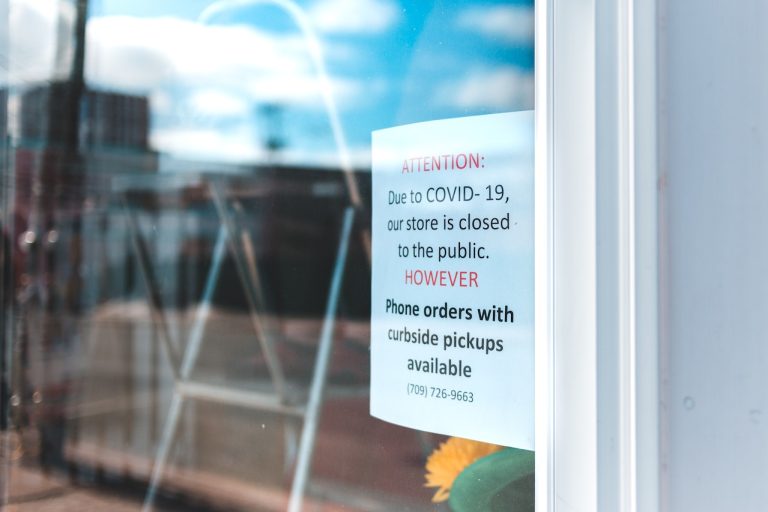And those we wish would go away.
There has been article after article about returning to offices, demands for more flexible work options, employees who are quitting jobs that won’t allow 100% remote work – the list goes on. These are the after-effects of pandemic business decisions when companies were forced to pivot their operations.
Focusing on the labor market repercussions is an obvious story, as the pandemic affected so many people’s working conditions. But what other business pivots made during this time appear to be here for good, and which do consumers wish would go away forever?
Mutually beneficial
A recent Washington Post article noted that many retailers are leaning even further into online ordering with curbside pickup or BOPIS (buy online, pickup in-store). Retailers had been tinkering with the idea pre-pandemic, but most went all-in in 2020 to protect their sales and their workers.
Journalists should consider how expanding curbside pickup could be helping brick-and-mortar retailers that may have been struggling to keep up with online stores.
Some questions to ask:
- Are stores seeing an increase in merchandise purchased through the store, even if it is initiated online or through a mobile app?
- What is the impact of curbside pickup on shipping and packaging costs for the company?
- How does this affect retail workers? Are their roles changing and how do they feel about it?
- How are stores physically changing? Bloomberg reported Best Buy was testing new layouts to accommodate space for e-commerce.
- How might online purchasing impact impulse purchases, especially at grocery stores?
What pivots are sticking around despite consumer contempt?
One example of a pandemic-era pivot that has benefited businesses are QR code menus, and while some consumers love them, others really, really hate them. QR menus have a variety of benefits for restaurants such as reducing printing costs, ease of updates to menu options and prices, and they don’t need servers to deliver them to tables.
Although many restaurant goers are unhappy with them, an article from CNN noted that ‘people might actually like digital menus if they’re more responsive and interactive, and can be used to order directly, add to their tabs or pay for their meals.’ Check out your favorite local restaurants and see where they stand on the issue.
Other pivots to explore
Virtual tours: From home-buying to campus visits, virtual tours were the way to go for a while. Look into how businesses may be incorporating this technology to enhance their business options.
To-go cocktails: Before the pandemic, most states did not allow bars or restaurants to sell cocktails to go, but at least 17 states have since enacted measures to allow the sales to continue permanently. The biggest opposition to the measures are from liquor stores: an additional angle to explore.
Telehealth: The expansion of telehealth has allowed a lot of people to see physicians more easily and a recent study linked increased use of the service to a reduced risk of overdose in patients. Check out some of the policy changes regarding telehealth that are pandemic-driven.
It’s up to business journalists to find out what’s next with these trends and what is coming next. How will business owners move forward with these new habits and technologies, and what does it mean for the average consumer in the U.S.?







